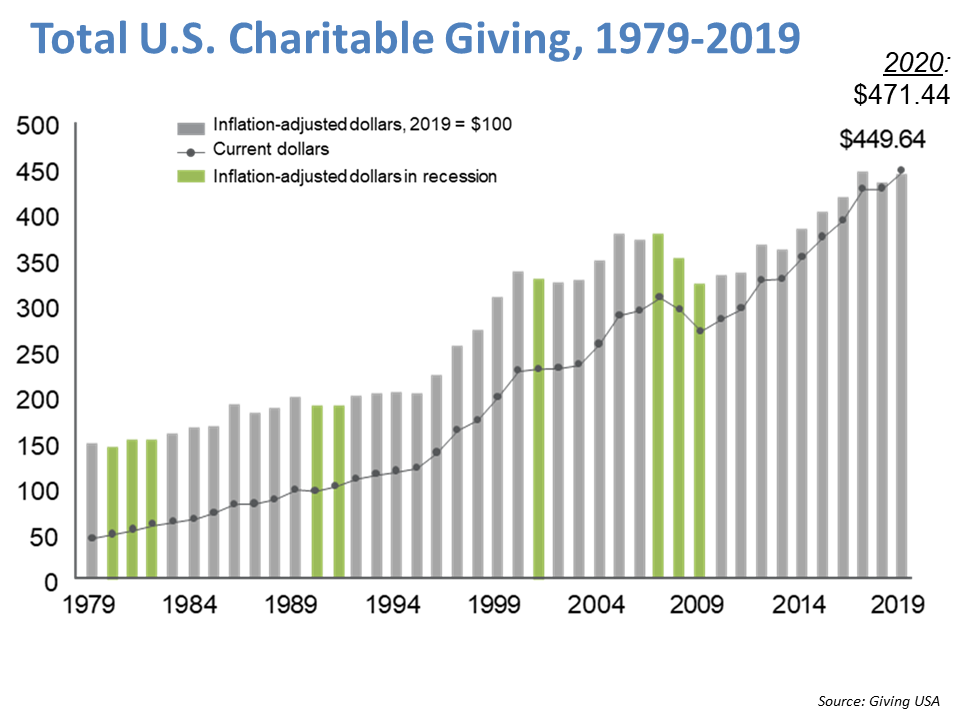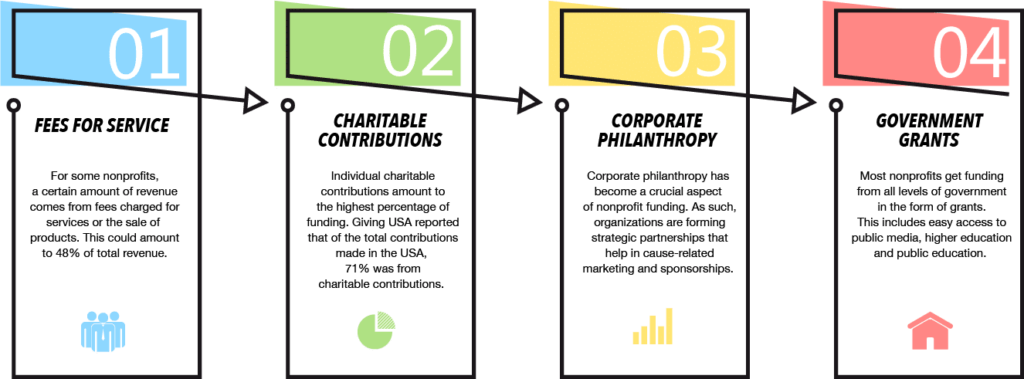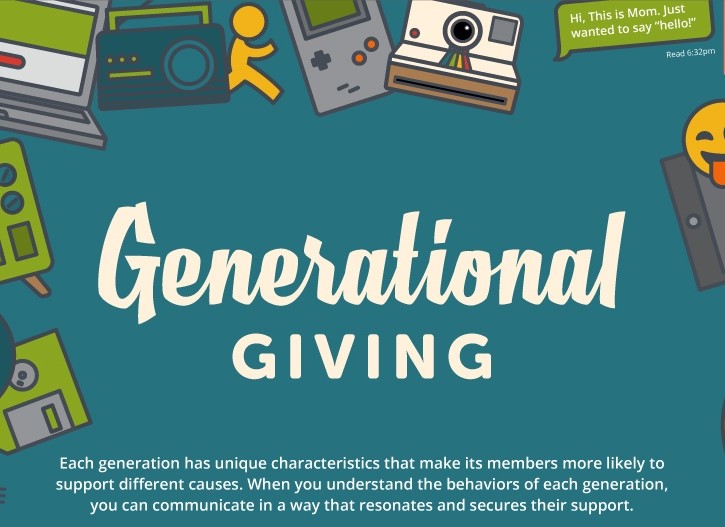WELCOME TO 2022!
Or maybe we should say congratulations on getting through 2021.
Wait, why stop there? You should get a medal for just making it through 2020 and 2021.
The early-2020-to-who-knows Coronavirus pandemic has brought with it unprecedented challenges that have thrown nearly every business entity for a loop. The effects of COVID — led by sickness, hospitalization and fatality levels not seen since the HIV/AIDS epidemic a generation ago — have accomplished something that even the latter couldn’t: sparking wholesale changes in the most fundamental ways we function as a society. An afterthought that we take for granted perhaps, but think about how absolutely essential something as simple as personal interaction is to our existence. Even with Amazon’s influence, eCommerce’s share of total global Retail sales in 2020 checked in at only 18%. That means that more than 80% of Retail (the 6th largest industry in the U.S., accounting for 6% of the total GDP) sales were still done IN-PERSON. Now think about the range of restrictions that impacted how retail outlets were permitted to do business. Stores were faced with a disruption in commerce not seen since the Industrial Revolution, hampered by customer capacity limits, reduced operating hours or even outright short- or long-term closures. Global Retail sales slumped nearly -6% in 2020….and 2021 estimates vary between further losses and slight gains.
Many of these same challenges have afflicted nonprofits (as you may have unfortunately experienced). The Urban Institute reported that despite mild overall charitable giving increases, 40% of nonprofit organizations reported losses in total revenue in 2020. Moreover, nonprofits whose fundraising model relies more heavily on Events suffered even more, as switches to virtual events more often than not resulted in decreased revenue.

So, after reflecting on everything you went through in the past year, what lessons can you learn to plan for a successful 2022? What victories can you continue to grow in your business model, and what can you do differently to avoid the pitfalls you experienced? Where can you use this hindsight to correct your strategy and serve you for the future?
As you know, we at DonorPoint like to study the strengths and challenges of the eCommerce space in addition to those of the Nonprofit industry, as donors’ experiences are largely set by their interactions with sites in the eCommerce sector. We hope these takeaways will prove fruitful for your 2022 business plans.
IDENTIFYING — AND EXTENDING — YOUR ‘PILLARS’ OF REVENUE

Do these accurately represent your ‘pillars?’ If not, use the data available to you to identify your own. And try not to spend too much time and manpower attempting to start the ‘next big revenue stream’ from scratch; instead, consider logical extensions that can come from your tried-and-true sources of financial support. You will more frequently land on hits than misses.
STUDY YOUR VIRTUAL ENGAGEMENT, MAKE IT A PRIORITY…. AND MAKE IT FUN
With COVID hospitalizations rising again in August 2021 and setting new pandemic highs as we cross into the New Year, many of the same restrictions we mentioned earlier may once again be put into effect. (Depending on your region, those restrictions could be lighter or more stringent.) At any rate, it looks to be a foregone conclusion that this ‘new normal’ will continue to affect our ability to fully re-connect in our personal interactions.
Nonprofits who have managed to navigate these waters with as minimal headwinds as possible have made it a priority to sustain valuable interactions and engagement with their constituents — no matter the circumstance. Between social media platforms, virtual events, conference calls on Zoom-Teams-etc., online acknowledgements, webinars, idea-sharing and videos, and even fun (and maybe themed…..trivia events, bingo games, acoustic concerts, book clubs?) informal gatherings, find as many viable ways to personally connect and demonstrate your organization’s impact online in the event physical gatherings are once again slowed or halted. With the right strategy and some additional elbow grease, you can continue to carry on your interactions with your donor base, regardless of their comfort levels around COVID. And if an opportunity comes across for a safe, carefully-planned and socially-distanced physical event — say, an outdoor one in the Spring-Summer-Fall — then go for it!

LOOK FOR PATTERNS IN YOUR DATA
Collecting robust intelligence on your donor community (as well as your prospects) can serve you well when attempting to predict habits and trends of particular segments. For example, if you’re collecting age data (and if you haven’t, we strongly suggest you do so — age ranges are a solid second option), dissect it for discernible giving patterns. Millennials (versus older generations) have shown a tendency to give to a cause over a longer period of time, and thereby are more likely to enroll in Recurring Giving programs (estimates have recurring givers being 3-5x more valuable than a one-time donor) that fit in with other services/products they currently subscribe to. Millennials also tend to volunteer at a higher rate than other generations.
Gather as much demographic and psychographic data on your donor base as you can, start segmenting according to similar data groups….and see if you can detect identifying characteristics in each group.
ALWAYS CONSIDER YOUR AUDIENCE’S POINT OF VIEW…. AND BE ABLE TO ADJUST
You know your business better than just about anyone….but don’t forget that you don’t know it all. We are always learning new things, and often it’s better ways of doing the same things. No matter your line of work, it’s wise to frequently ‘take off your hat’ and look at what you’re doing from your customers’ point of view — and nonprofits are no exception. Does the concept make sense from your potential donors’ perspective? How will what you’re offering help them? Will it solve their challenges? Are the steps you’re asking them to take logical? Are they efficient? What can be done to make it a better experience for them? Work by the well-known adage ‘keep it simple,’ as well as a lesser-known one — ‘you shouldn’t have to try too hard to make something work.’ If it’s overly complex behind the scenes, chances are it’ll be the same for your audience.
Never — NEVER — be so inconvincible that you’re unable to change direction based on the conditions you’re facing. Nothing is done in a vacuum, and sometimes circumstances require a shift in what you’re doing in order to satisfy your audience’s needs. Be humble enough to realize you may need to tweak, smart enough to read the situation correctly, and nimble enough to make it happen.
Lastly, LISTEN to your audience. Survey them from time to time. Ask for their feedback — both praise and criticism — and use it to shape your solutions for them. Nothing is as rewarding to a client as when their voice is being heard.

It’s widely expected that COVID’s effect on 2022 will be at least directionally similar to its effect on 2021. Consequently, use both the triumphs and the missteps you experienced in the last year to your advantage — learn from them and use them as a guide as to what to do (and not to do) in 2022.
We hope that these suggestions to ‘look back before going forward’ help your planning for the new year. If you’d like to discuss your 2022 planning, please reach out to us!
HERE’S HOPING 2022 IS YOUR BEST YEAR YET!